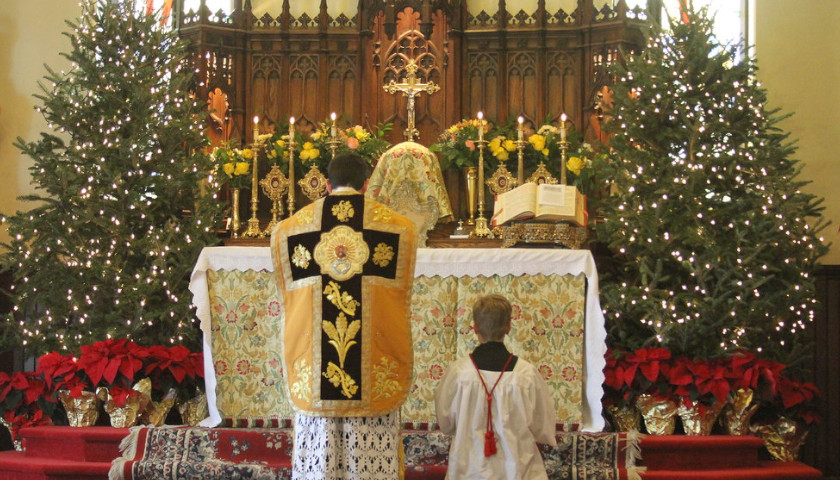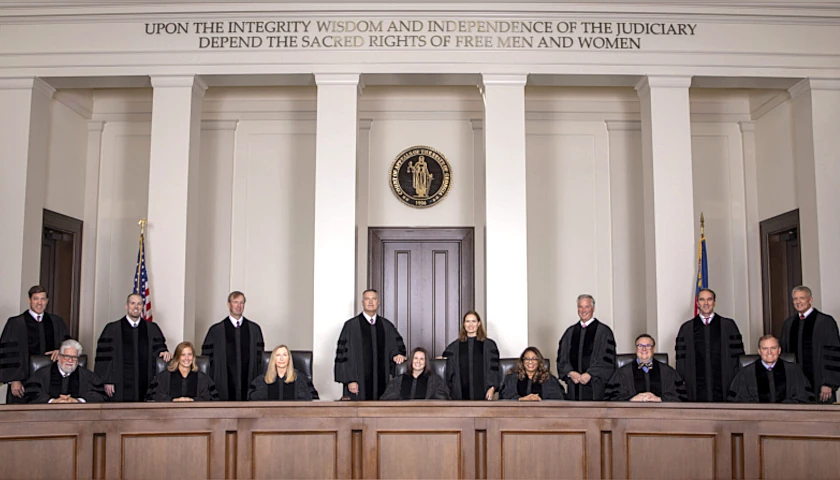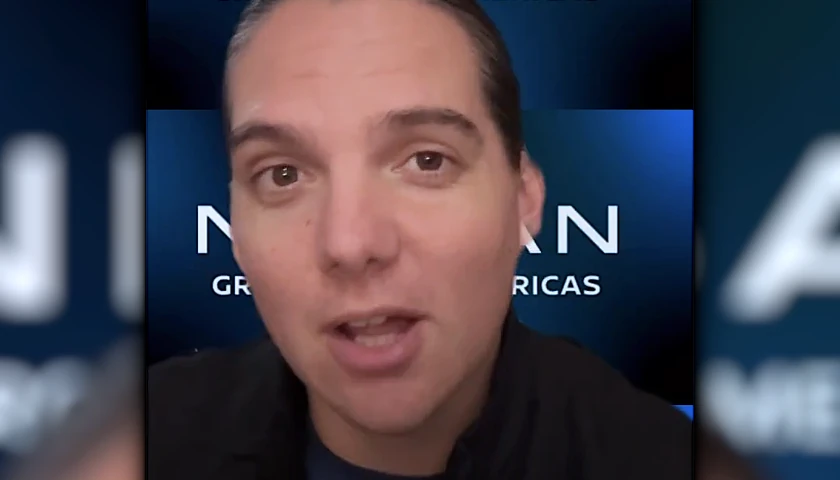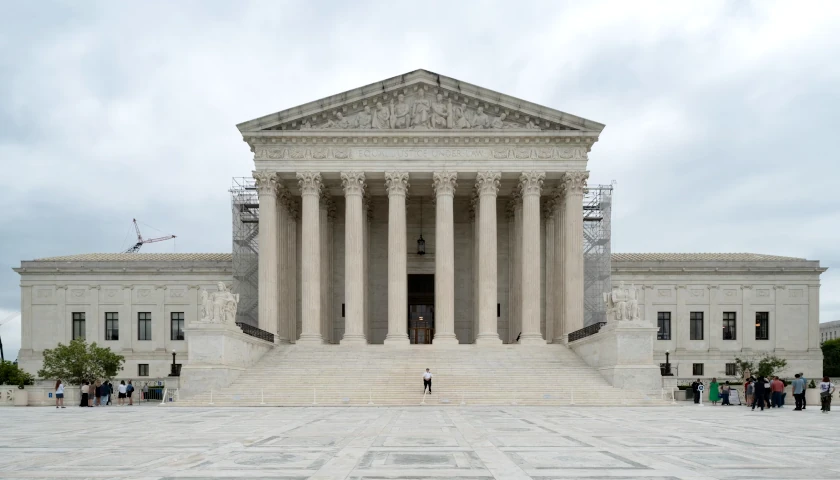by Jeff Minick
The celebration of Christmas has become a mess.
For decades, the Grinches among us have launched their attacks on religious holidays. In our schools, for instance, Christmas pageants, singing carols, and any reference to “Christmas break” have long become verboten—we are told, to keep state and religion separate.
The bleed over from these policies has brought the banishment of creches and decorations from many parks and public squares. Some stores and businesses have ditched “Merry Christmas” for the generic “Happy Holidays.” Some of these same establishments still allow Santa Claus to listen to the Christmas wishes of children, but you won’t find baby Jesus in a manger anywhere in the place.
But this transformation has an even longer history.
More than a century ago, stores began advertising and selling items aimed at Christmas, with the month after Thanksgiving becoming the hottest retail time of the year. Today, radio stations start playing Christmas music in mid-November, and Hollywood cranks out Christmas movies for release at the same time. Meanwhile, we decorate our homes inside and out, tell stories of Santa Claus to our children, lift our glasses at office parties, put up our trees, and buy and wrap presents, all before Dec. 25th.
The result? By Dec. 26th, we’re ready to be done with Christmas. The carols on the radio disappear overnight, and we sigh over our credit cards and empty wallets. We pick up the stray bits of wrapping paper, return ornaments to their boxes, and throw the Christmas tree to the curb.
Commercializing Christmas this way also wrecked Advent and Christmastide. Advent, that four-week season when we mentally and spiritually prepare for the coming of the Christ child, is honored in that capacity in only a few homes. Christmastide, that period from Christmas Eve to Epiphany and which is the proper season for celebration, is now a rather dreary interlude broken only by New Year’s.
Moreover, for many people, Christmas is stripped of religion and faith, a tradition gutted of its original meaning. Even many Christians—I have all too often stood among this number—fail to recognize the deep meaning of Christmas. Oh, sure, we acknowledge this day as the marker of Christ’s birth, and some of us may open our Bibles and read the Gospel accounts of this birth. We may vow, as Scrooge does at the end of A Christmas Carol, “I will honour Christmas in my heart, and try to keep it all the year.” This is a noble sentiment, but a sentiment nonetheless. One could honor Christmas in the heart—Santa, the music, the spirit of the season—without any reference to its origins.
There are, however, some who fully grasp the importance of this virgin birth, when an infant in a manger cracked human history in half. “Enemy-occupied territory—that is what this world is. Christianity is the story of how the rightful king has landed, you might say landed in disguise, and is calling us all to take part in a great campaign of sabotage,” wrote C.S. Lewis in Mere Christianity.
That King landed on Christmas Day in the guise of a baby, this is clear to believers, but what does Lewis mean when he tells us that we are called to take part in a “campaign of sabotage?”
Here, he is summing up the very essence of the New Testament, the message that Christians are to try to emulate Christ, live virtuous lives, and spread the Gospel and the good news of salvation.
Many in the United States today believe, and rightly so, that we are living in enemy-occupied territory. We look around us and see a country in decline, economically and morally, shrouded by deception and corruption. For a Christian, Lewis’s campaign of sabotage entails an act of war against these enemy forces, which are both visible and invisible. It is a campaign of subterfuge, in many ways, a guerilla war, and its weapons are prayer, love of neighbor, evangelization, and the virtues of faith, hope, and charity.
This Christmas, let’s remember that however bleak the coming months of winter may seem, the King has landed.
– – –
Jeff Minick is a writer for Intellectual Takeout.
Photo “Christmas Mass” by Jim, the Photographer. CC BY 2.0.








